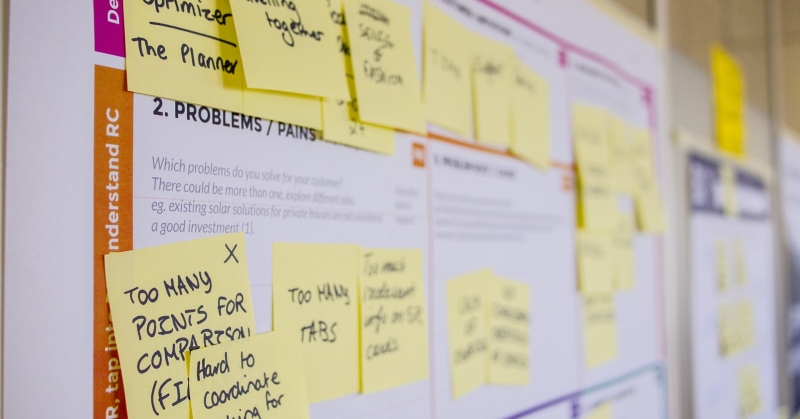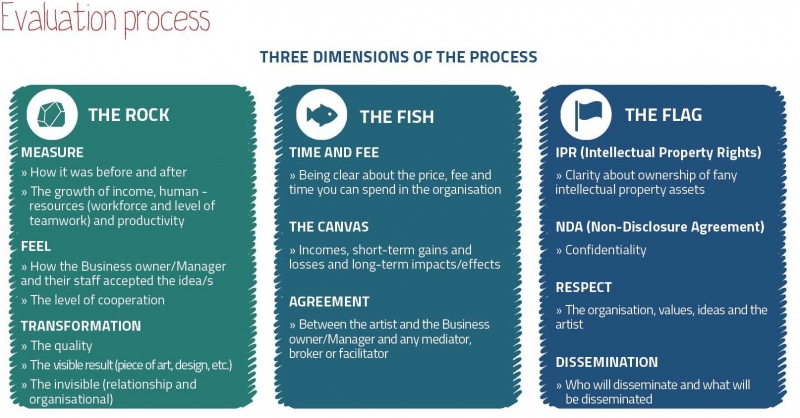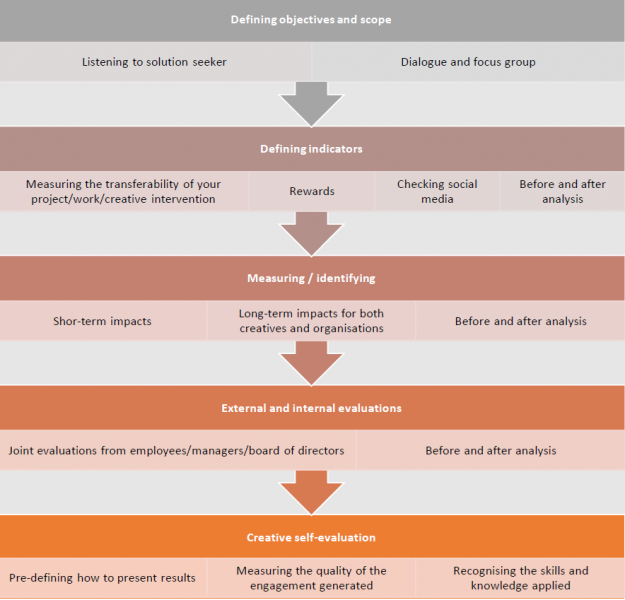How do you ask for feedback so that you get the information that actually helps you? Here are some useful strategies and basic steps of the process.

First of all, evaluation is a key process in any kind of sector and professional performance. As shown in the image below, it includes 3 main dimensions.

There are several ways to collect feedback from your client/audience including:
Surveys
Developing a useful customer survey may be challenging as there are several questions you could ask customers. However, you can choose between short slider surveys (which help you target specific issues) that pop up on your site or longer, traditional surveys.
If you want customers to follow through on completing a survey, make sure you follow some simple best practices.
- Only ask questions that help you meet your goals.
- Write thoughtful open-ended questions.
- Create consistent rating scales.
- Avoid leading or loaded questions.
Email and customer contact forms
Email is one of the easiest ways to gather candid customer feedback. Because it is a support channel for most companies, you can use each interaction as an opportunity to gather feedback.
To maximize the likelihood of hearing back from a customer, set clear expectations.
Sometimes, customers do not offer important feedback because they do not think anyone cares. Many of those same customers may be willing to leave feedback if they knew they would hear back — and exactly when to expect a response.
Consider adding a short sentence to your emails that tells people how soon they can anticipate hearing back from you. “We will get back to you within X hours/days” will go a long way to set expectations and build trust with your community.
Another key option is to send personalized responses.
Since email enables you to send a one-to-one request, you can ask for more personal feedback than in a survey.
When customers sign up for more information about your services, for example, you can send out an auto-responder email asking a single question. Inquire into the issues that customers are struggling with most, what features they would love to see, or just ask why they signed up.
Customer interviews
Reaching out to customers directly opens up conversations that otherwise would not happen. Qualitative stories from customers bring color and nuance to quantitative feedback (data). These personal experiences help understand the feelings behind customer decisions and the community response to a company’s brand or decisions.
When you conduct customer interviews, you create the opportunity to challenge false assumptions that developed over time.
Keep the following tips in mind when you sit down to talk to customers:
- Start an open-ended dialogue. When you are talking to customers, open-ended questions are your best friend. These queries give your customers the flexibility to dig into their experiences in more detail. Moreover, they are less likely to be biased or leading questions.
- Get more specific as you go. Begin the conversation with wider impressions and get more detailed in your questions as the dialogue evolves. Every piece of feedback they give you is an opportunity for another more specific follow-up.
- Practice active listening. To receive insights that can help your team, you need to be open and receptive. Maintain eye contact and mirror back the key takeaways you are hearing from clients, always keeping the spotlight on them.
Social media
Social listening can give you access to an otherwise untapped reservoir of candid feedback from customers. Direct comments or mentions on social networks are not the only way for your business to collect customer feedback either — many networks include built-in polling tools.
On-site activity (via analytics)
Analytics may reveal what customers do not know about how to use your product, especially if you sell a digital product or service. You can benefit from leveraging analytics to understand how users interact with your company.
How To Ask For Customer Reviews
Feedback is an art. There are many reasons why giving, seeking, and receiving feedback are important: these processes offer room for improvement, support development, help you set clear expectations, and allow you to create a feedback culture based on open communication.
This article released by ACT (The Chief Minister, Treasury, and Economic Development Directorate, Australia) provides a very useful and comprehensive overview of strategies, tools, and ways to get and provide feedback.
























